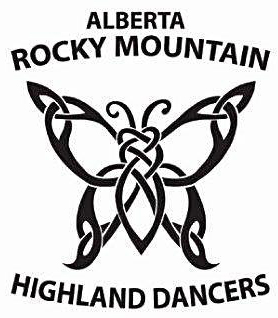History of Highland
Highland dancing is a form of dance that originated in Scotland. It can be classified as a national dance, meaning that it is specific to a country and culture. Originally, Highland Dancing was restricted to men only; as such, its movements characterize the dancer’s athleticism, power, and strength. Today, female dancers greatly outnumber their male counterparts, and a series of ladies’ dances have been created for them, comprised of Balletic movements and softer choreography.
Highland Dancing is said to have been created by a young boy, when he was out hunting deer. The boy watched a buck jumping around in a field, and the sight was so beautiful he could not bring himself to kill the deer. So, he returned home with no food. When asked why he had nothing for his family to eat, the boy could not find the words to describe how beautiful the stag had been, so he danced instead, his hands held aloft like the stags antlered head.
According to tradition, the old kings and chiefs of Scotland, used Highland dancing as a way of choosing men for their retinue and men at arms. Dancing was one of the ways men were tested on agility, strength, stamina and accuracy. Scottish regiments used Highland Dancing as exercise to keep the troops in shape and ready for battle. The dances are indeed excellent exercise; for example, in a typical six-step Highland Fling, a dancer will jump vertically 192 times (the equivalent of running a mile), while performing complicated and intricate footwork, and using muscles from head to toe. Highland dancing is therefore akin to sprinting, with dancers using fast-twitch muscle, which is also required by soldiers. The regiments did not just dance six steps; they danced upwards of 20 steps in one dance! The leaps were said to be used to leap over a sword thrust at their heart.
Originally only men were allowed to do these dances. In the late 19th century a young woman named Jenny Douglas decided to enter a Highland dance competition. As this was not expressly forbidden, she was allowed to enter. Later during the World Wars, women began dancing more often wanting to preserve their rich culture and history, while the men were defending their homeland. Since then the number of females participating in the sport has increased until today in excess of 95% of all dancers are female.
History Of Highland Dancingjessica2019-06-25T18:54:28+00:00
